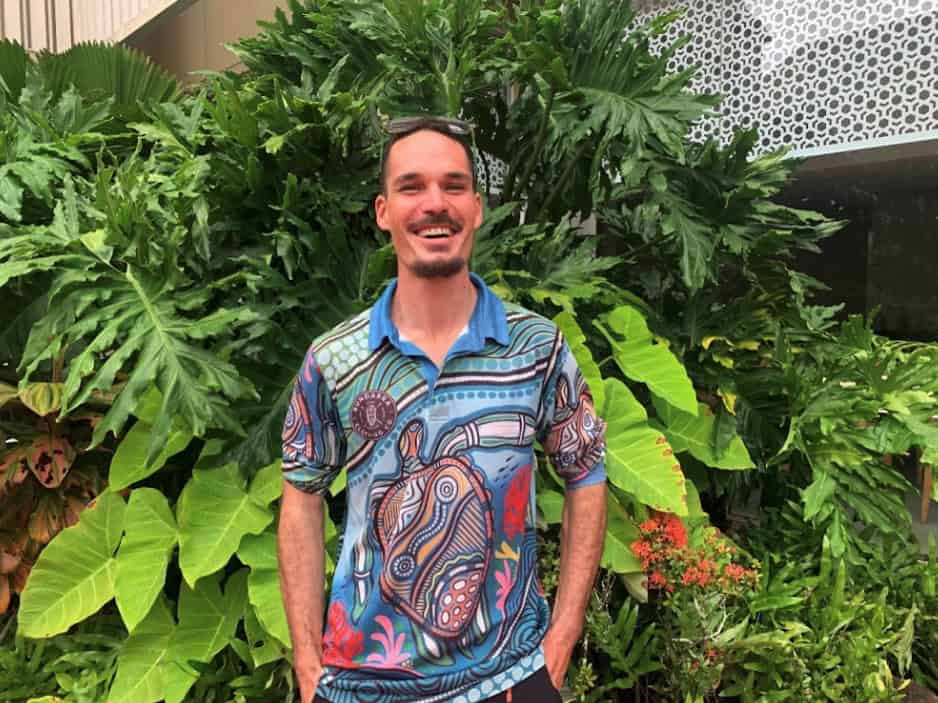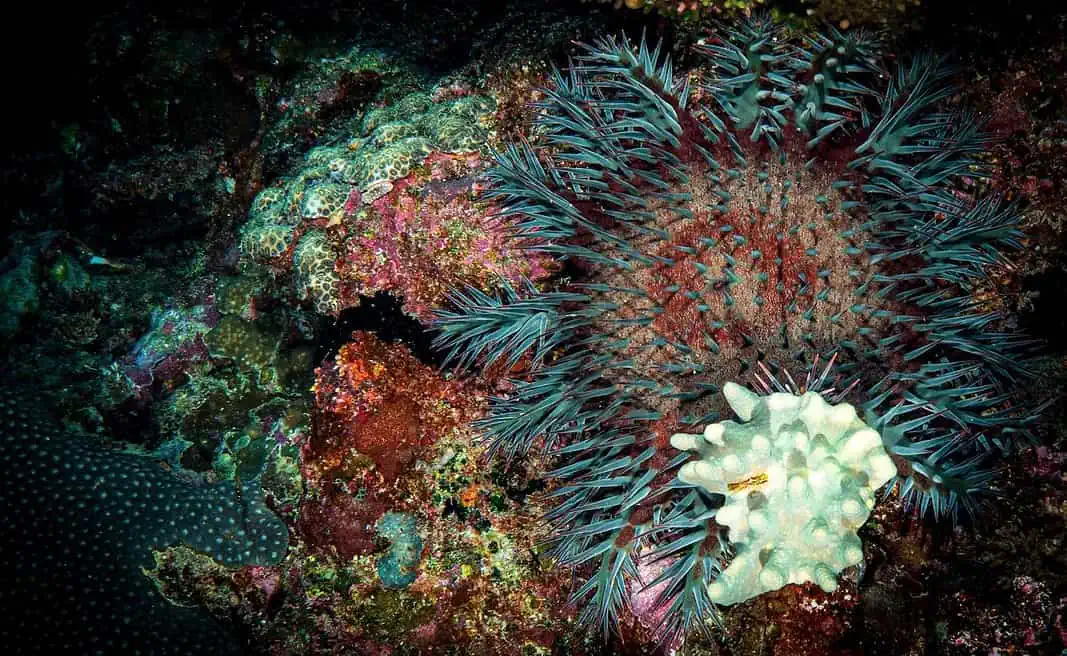Divers play an essential role in safeguarding the Great Barrier Reef from a critical threat known as crown-of-thorns starfish (COTS) outbreaks.
Cyclones, rising water temperatures, bleaching and floods impact the Reef’s health, but controlling the COTS population is a tangible opportunity committed divers can directly affect.
Training dive teams on the culling is crucial, and it has made a noticeable difference in protecting the 3,000 individual reefs across the Great Barrier Reef.
COTS prey and feed on nearly all corals, dominating and disrupting the Great Barrier Reef’s balance.
During an outbreak, when 15 or more COTS are discovered in a 10,000-square-meter/107,639-square-foot area (the equivalent to two NFL football fields), the starfish can strip a reef of 90% of its living coral tissue.
In short, controlling the COTS population helps maintain a healthy reef ecosystem.
The importance of Traditional Owners’ (Australia’s First Nations peoples) involvement in the COTS control efforts on the Great Barrier Reef cannot be denied.

According to Jordan Lane, the longest-serving Indigenous diver for the COTS Control Program under the Great Barrier Reef Foundation:
“As an Indigenous person, I think there’s a strong connection to Country, no matter where you’re from. It’s a difficult feeling to describe, almost spiritual. We’re raised to be custodians of the land and sea Country, responsible for looking after it.
“Historically, Aboriginal and Torres Strait Islander people lived sustainably, with practices that ensured the land and its resources thrived.”
The inclusion of Indigenous people in this work has really taken off in the last four or five years, according to Lane:
“Having a fully Indigenous-run COTS control program would not only enhance the
work being done on the reef but also provide a strong sense of pride and accomplishment for the Indigenous communities involved.”
For more info, check out the Great Barrier Reef Foundation’s website at barrierreef.org.

